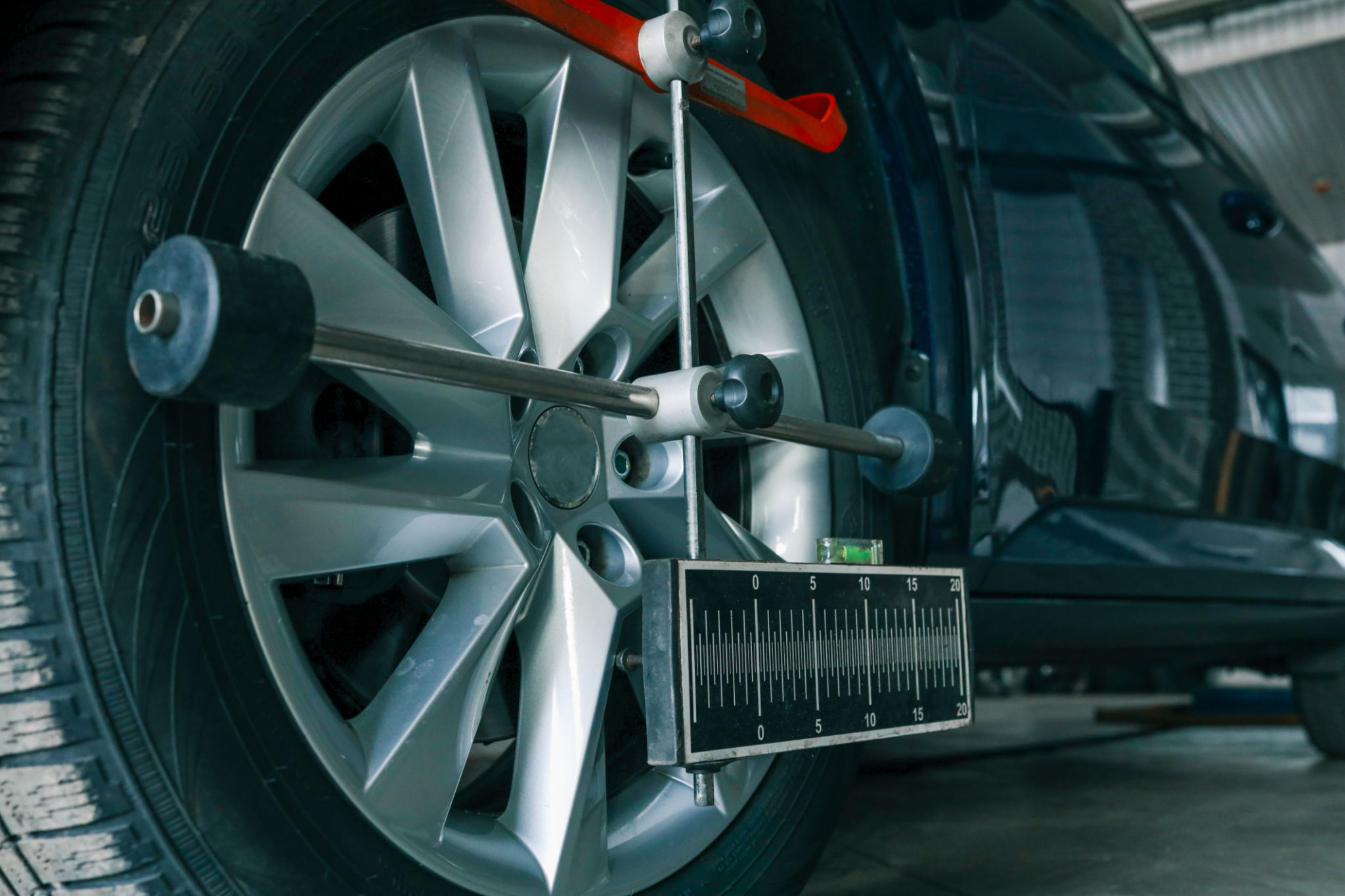Top 5 Myths About Wheel Alignment Debunked by Experts
Introduction to Wheel Alignment Myths
Wheel alignment is a crucial aspect of vehicle maintenance that ensures your car drives smoothly and safely. However, several myths surround this process, often leading to confusion and misinformation. In this blog post, we will debunk the top five myths about wheel alignment with insights from industry experts.

Myth 1: Wheel Alignment and Tire Balancing Are the Same
One common misconception is that wheel alignment and tire balancing are identical services. While both are essential for vehicle performance, they address different issues. Wheel alignment involves adjusting the angles of the wheels so that they are perpendicular to the ground and parallel to each other. This ensures even tire wear and proper handling. On the other hand, tire balancing corrects the weight distribution around each wheel, preventing vibrations at high speeds.
Myth 2: You Only Need Wheel Alignment When You Notice a Problem
Many drivers believe that wheel alignment is only necessary when they experience noticeable issues like steering pull or uneven tire wear. However, experts recommend regular wheel alignment checks as part of your routine vehicle maintenance schedule. This proactive approach can prevent potential problems and extend the lifespan of your tires.

Myth 3: DIY Wheel Alignment Is Just as Effective
With a plethora of DIY tutorials available online, some car owners attempt to perform wheel alignments themselves. While it's possible to make minor adjustments, professional alignment services use precise equipment and expertise that DIY methods cannot replicate. Only a professional can ensure accurate alignment settings tailored to your specific vehicle.
Myth 4: New Cars Don't Require Wheel Alignment
Another myth is that new cars come perfectly aligned and don't require immediate attention. While manufacturers align vehicles before they leave the factory, factors such as transportation and initial use can affect alignment settings. It’s advisable to have a new car's alignment checked after a few months of driving to ensure optimal performance.

Myth 5: All Wheel Alignments Are the Same
Wheel alignment isn’t a one-size-fits-all service. Different vehicles may require specific alignment specifications based on their make, model, and usage. Moreover, there are various types of alignments, such as front-end, thrust angle, and four-wheel alignment. Consulting with a professional can help determine the best alignment type for your vehicle.
Conclusion: The Importance of Professional Alignment
Understanding the facts behind wheel alignment can significantly enhance your driving experience and vehicle longevity. By debunking these myths, we've highlighted the importance of seeking professional services and adhering to routine maintenance schedules. Don't let misinformation steer you off course; keep your wheels in line for a smoother ride.